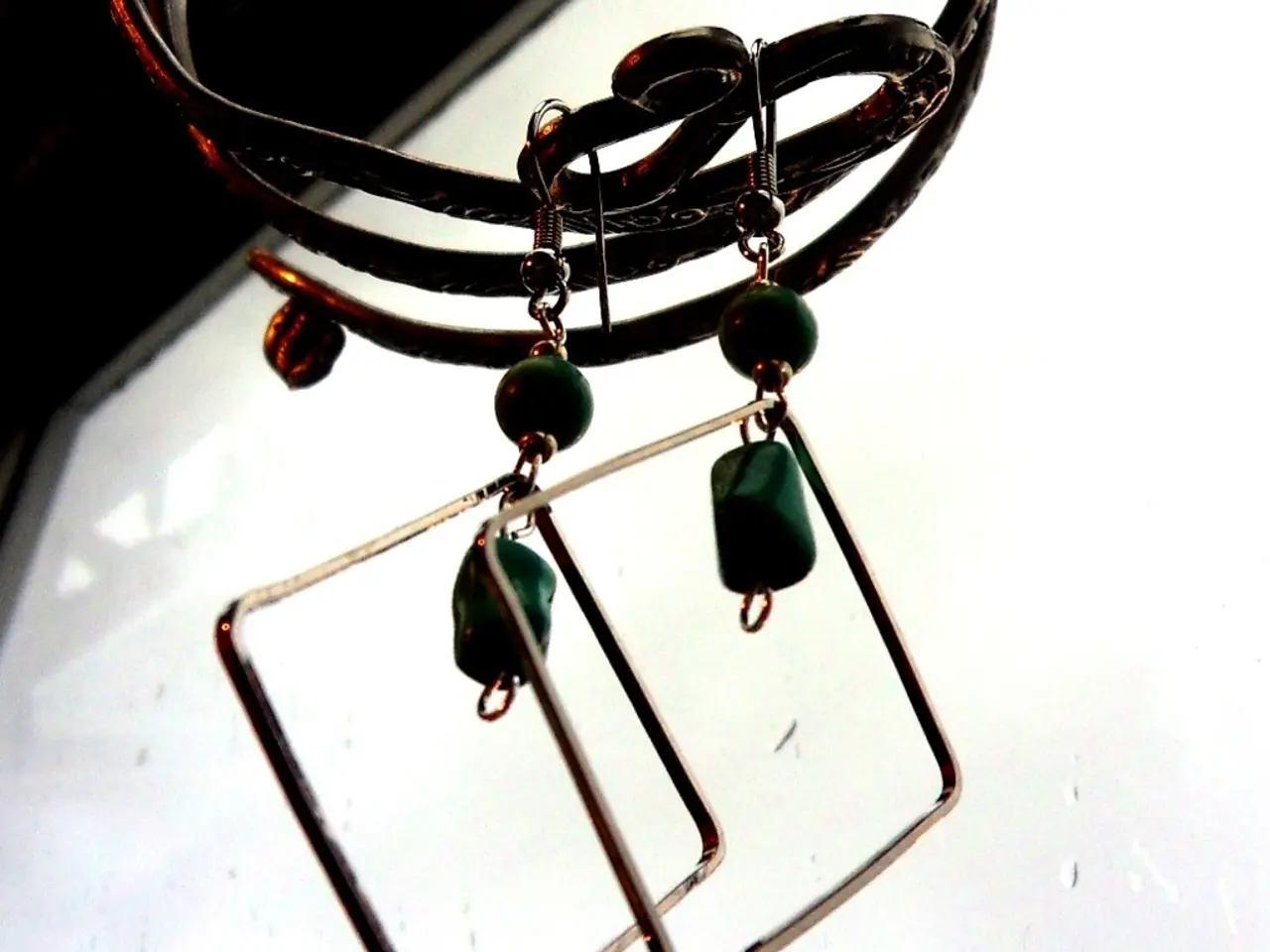Detailed Insights into Ear Rebuilding Surgical Procedures
In the realm of medical advancements, rib cartilage ear surgery stands out as a significant breakthrough in ear reconstruction. This procedure is typically performed to correct microtia or other congenital ear deformities, offering a new lease of life for those affected.
The process begins with the patient being administered general anesthesia to ensure comfort and unconsciousness during the operation. A carefully planned incision is made behind the affected ear, with the aim of minimising visible scarring.
The next step involves the harvesting of rib cartilage, which serves as the material to sculpt the framework of the new ear. A small incision is made on the chest to access the cartilage. The harvested rib cartilage is then sculpted into the shape of an ear framework, tailored to the patient’s anatomy and aesthetic requirements.
The carved cartilage framework is implanted under the skin at the site of the absent or malformed ear. The incisions on the ear and chest are then closed carefully with sutures. This surgery may be performed in multiple stages, depending on the surgeon’s technique and the patient’s needs.
The external ear plays a central role in conducting sound and directing it towards the eardrum. The new ear created through rib cartilage surgery continues to grow with the child, ensuring lifelong results that never look unnatural. Postoperative support includes dressings or headbands to secure the ear shape during healing.
It's worth noting that the surgery is often done when the child is at least 6 to 8 years old to ensure enough rib cartilage is available. Some alternative techniques use polyethylene implants instead of rib cartilage, but rib cartilage grafting remains a mainstay for its advantages.
The procedure of rib cartilage ear surgery allows the patient to resume regular sports, swimming, and PE activities 4-6 weeks after surgery with no particular concerns. Ear reconstruction surgery is necessary for the best results when microtia is present in adults due to trauma.
Choosing a well-equipped, high-quality centre and an experienced surgeon is essential for achieving the best, most natural-looking results from ear reconstruction surgery. Dr. Rajat Gupta, a specialist in ear reconstruction surgery, is one such expert in this field.
In conclusion, rib cartilage ear surgery offers a promising solution for those affected by microtia or other ear deformities. The procedure, while requiring skill and precision, can significantly improve appearance and symmetry of the ears, ensuring a natural-looking result and proper balance.
- In the realm of medical advancements, cosmetic plastic surgery like rib cartilage ear surgery stands out, offering a significant breakthrough in aesthetic restoration, particularly for individuals dealing with microtia or other congenital ear deformities.
- The surgery involves the careful administration of general anesthesia to ensure patient comfort, followed by a planned incision behind the affected ear to minimize visible scarring.
- The harvesting of rib cartilage is a crucial part of the process, with the material serving as the foundation to sculpt the new ear framework according to the patient’s anatomy and aesthetic requirements.
- The carved cartilage framework is then implanted under the skin at the site of the absent or malformed ear, with incisions on the ear and chest being carefully closed with sutures.
- Postoperative support plays a vital role in helping the new ear heal properly, with dressings or headbands used to secure the ear shape during the healing process.
- Age is a key factor in the success of rib cartilage ear surgery, with the optimal time for the procedure being when the child is at least 6 to 8 years old, ensuring enough rib cartilage is available.
- Therapies and treatments like ear reconstruction surgery play an essential role in the health-and-wellness and mental-health spheres for addressing issues related to physical appearance and self-confidence.
- The procedure of rib cartilage ear surgery also provides opportunities for those affected to return to their fitness-and-exercise, sports, and swimming activities 4-6 weeks after surgery, enhancing their overall health and wellness.




